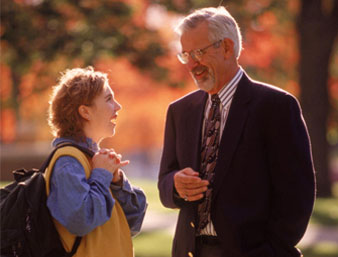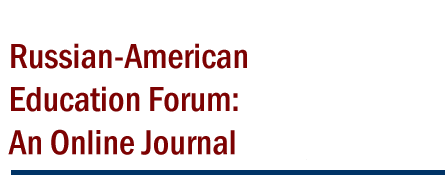
Higher Education: Realizing the Learner’s Needs for Engaging the ‘Environmental’ Factors in Class to Succeed in the “Outside World”
Roden, William J.
[about]
At first, Leo Tolstoy and John Dewey may seem like strange companions on a journey to find the best approach to identify effective ways to teach students. One, a successful 19th century fiction writer in Russia; the other a contemporary, a sociologist in the United States.
Tolstoy had just achieved a monumental career as a novelist. He had the big estate, was turning his avocational attention to how he could improve the lot of the peasant. Dewey was working in his own fields of sociology and philosophy trying to find engaging ways to educate students than what was practiced.
Both men abhorred rote memorization, grammar and learning tables, etc., just because that was what a prescribed curriculum deemed important. Tolstoy’s The ABC’s of Learning, presented approaches far more individualized and entertaining to the student. Dewey also focused his attention upon the student-centered model. Both seemed to believe an effective education system could be obtained through a more democratic process. (Simmons, 1968)
What might succeed in a society as a form of government, a democratic approach, left much to be desired in the classroom. In the late twentieth century, this egalitarian concept oftentimes resulted in an unfocused, laissez faire or chaotic assortment of teaching and learning styles with little success or accountability.
Tolstoy visited countries to view their schools and their operation. What he saw he characterized as rote memorization, whippings, and a military-like approach to what should occur in the classroom. He believed he knew what Russian students (read peasants) would appreciate and wanted to learn.





